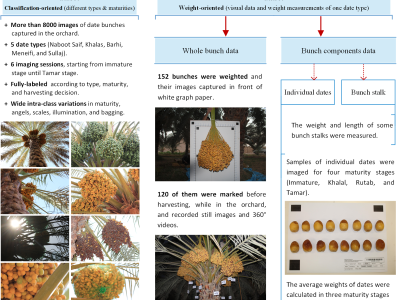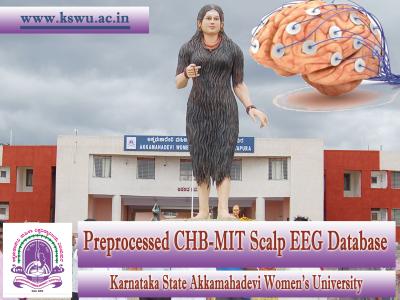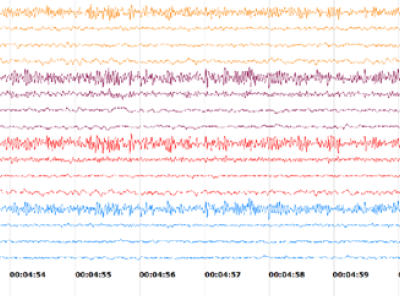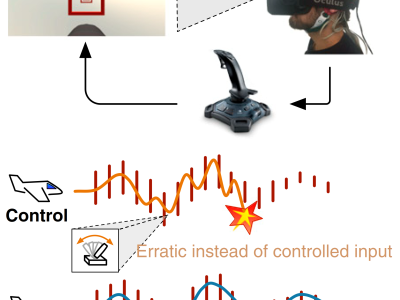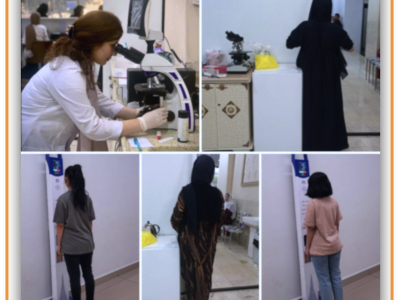REH-MI: EEG Motor Imagery Dataset from the Same Limb for Rehabilitation Applications
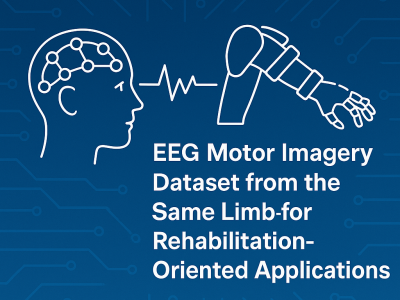
- Citation Author(s):
-
Syed Umar Amin (Prince Sultan University)Mansour Alsulaiman (King Saud University)Amir-Hossein Karimi (University of Waterloo)Fakhri Karray (University of Waterloo)
- Submitted by:
- Hamdi Altaheri
- Last updated:
- DOI:
- 10.21227/xgzb-6s98
- Data Format:
Abstract
The REH-MI dataset is an EEG motor imagery (MI) dataset developed for rehabilitation-oriented research. It comprises 9,180 trials recorded using a 32-channel Emotiv EPOC Flex headset from 18 healthy, right-handed male participants across two sessions. Each trial corresponds to one of four right-hand conditions: imagined finger movement, wrist movement, elbow flexion, or rest, totaling 510 trials per subject. The data collection protocol incorporated signal quality checks, including impedance monitoring and electrode placement verification, followed by bad-trial flagging and classification-based validity checks after recording. REH-MI addresses the scarcity of same-limb MI datasets aimed at post-stroke rehabilitation and is expected to support studies in BCI-driven neurorehabilitation, assistive technology, and motor-function decoding.
Instructions:
The REH-MI dataset consists of 9180 trials of MI-EEG data, collected using 32 EEG electrodes from 18 subjects (510 trials per subject). Each trial belongs to one of four MI tasks in the right hand: imagining fingers movement, wrist movement, elbow flexion, or rest. The next section describes the mechanism we adopted to ensure high-quality and valid MI data recording. Details on the data collection protocol and validation process follow in the later sections.
 8 views
8 views


